
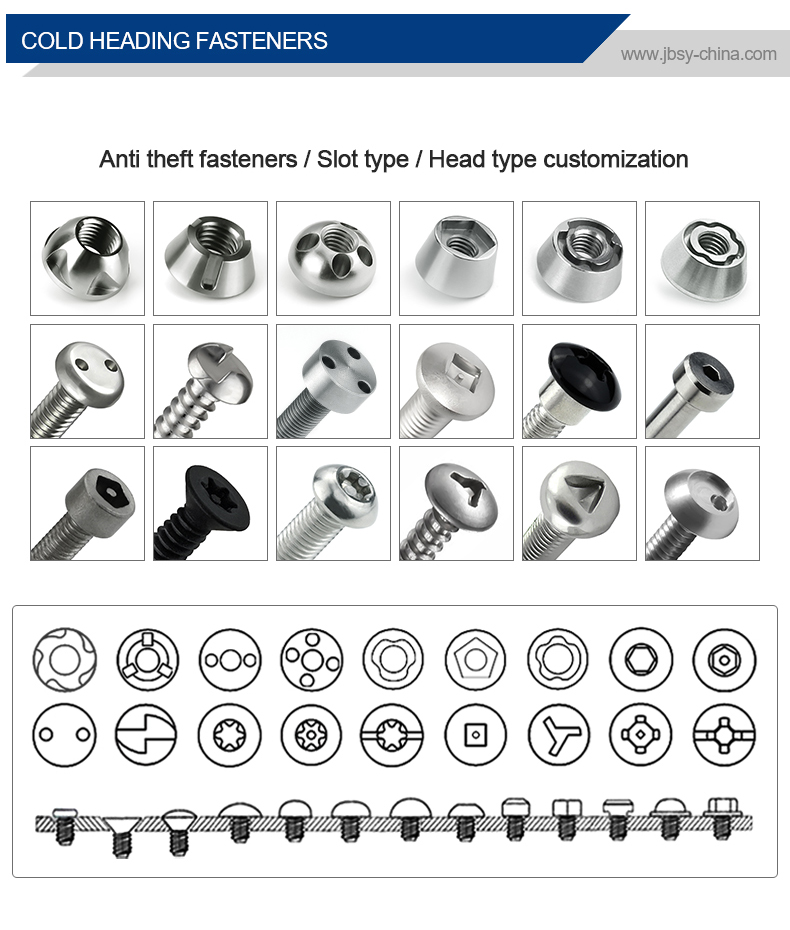
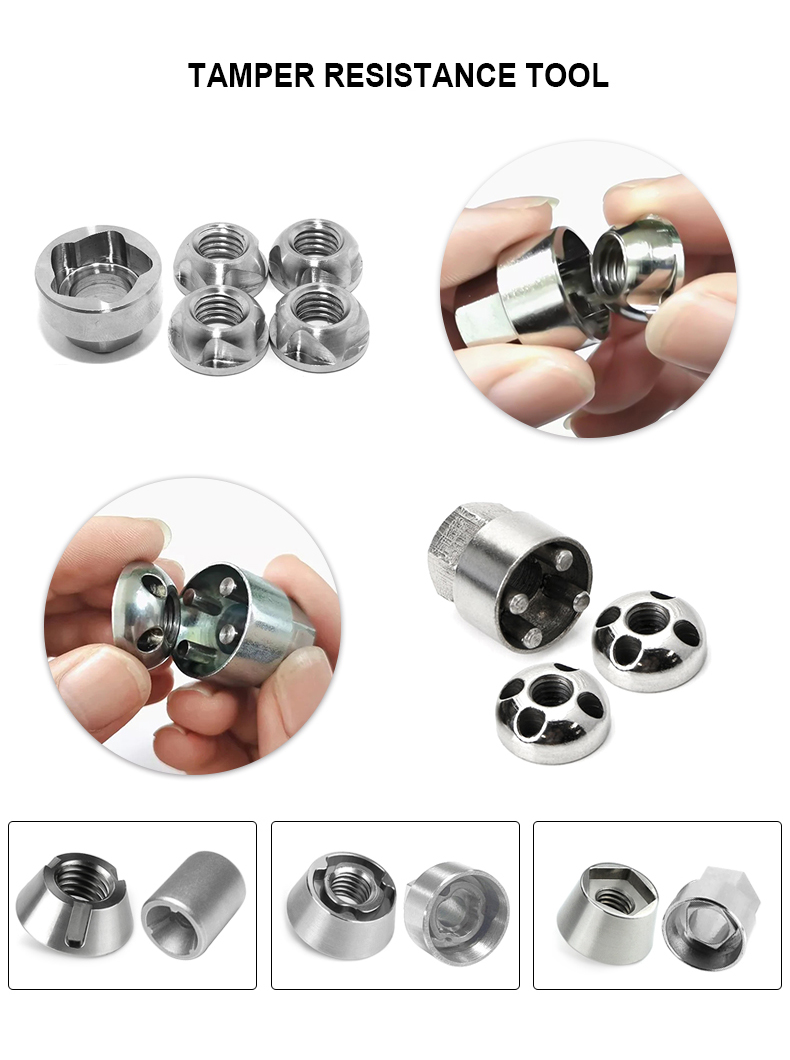
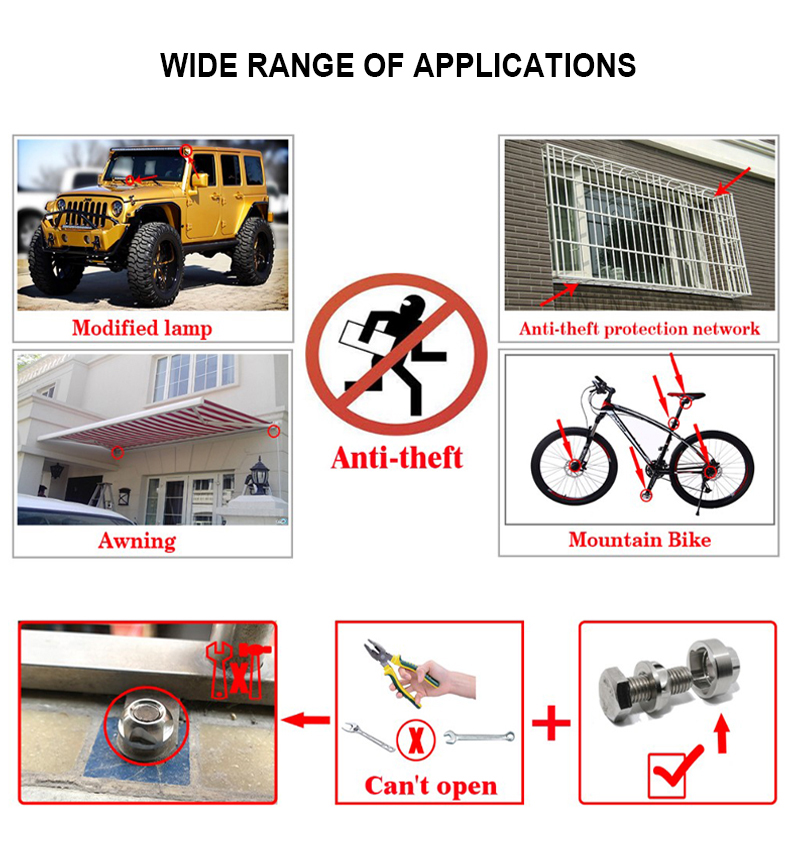
The fastening and opening of bolts and nuts adopts non-standard design, and the matching
non-standard tools are used to solve the opening and fastening problems. In general, other
wrenches cannot be inserted. In the appearance design of nuts and bolts, non-standard slotting,
opening or pentagonal, heptagonal, nine-corner or custom-made corresponding groove tools
have played a very good anti-theft effect
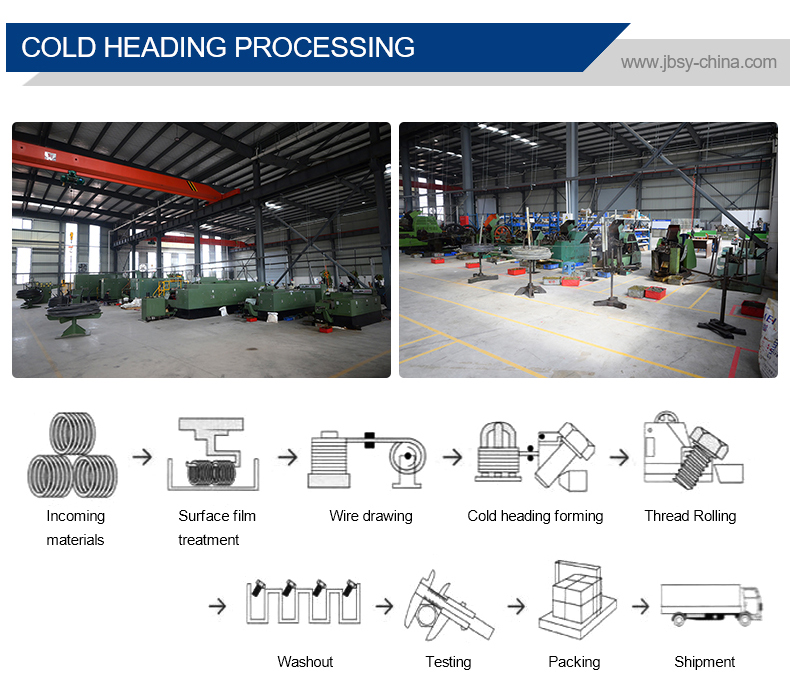
Cold heading process is one of the new processes for pressure machining of less or no cutting
metal. It is a processing method that utilizes the plastic deformation of metal under the action of
external forces, and with the aid of molds, redistributes and transfers the volume of metal to form
the required parts or blanks. The cold heading process is most suitable for producing standard
fasteners such as bolts, screws, nuts, rivets, and pins.etc
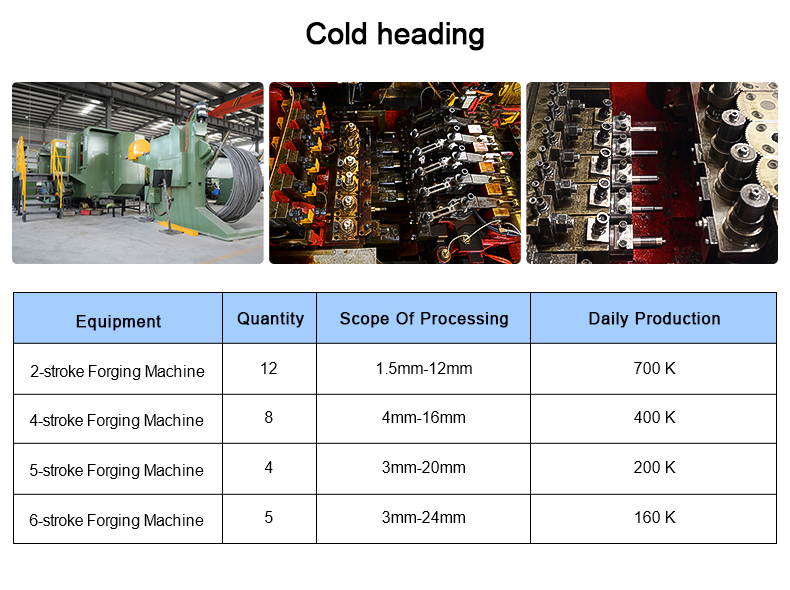
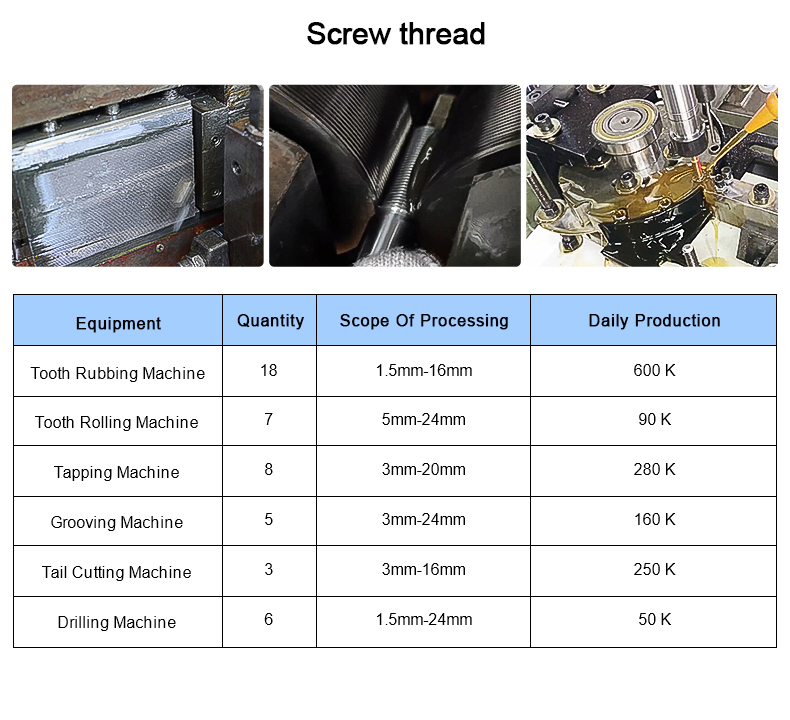
An Aluminum nuts yellow oxide is a fastener that has been treated with a yellow-colored surface finish, typically through anodizing or chemical conversion coating, to enhance both its appearance and performance. Below is a detailed breakdown:
1. Material
-
Made from aluminum (common grades: 6061, 2024, or 7075 for strength and lightweight properties).
2. Yellow Oxidation Process
Anodized Yellow
-
Anodizing Type II (Sulfuric Acid Anodizing) – Creates a porous oxide layer, which is then dyed yellow before sealing.
-
Hard Anodizing (Type III) – Produces a thicker, more wear-resistant layer, sometimes with a gold-like yellow hue.
-
Electrolytic Coloring – Uses metallic salts (e.g., ferric ammonium oxalate) to produce a yellowish-bronze tone.
Chemical Conversion Coating (Alodine/Iridite)
-
A cheaper alternative to anodizing, producing a gold-yellow chromate layer (common in military/aerospace specs like MIL-DTL-5541).
-
Provides moderate corrosion resistance and improves paint adhesion.
3. Features & Benefits
-
Corrosion Resistance – Protects against oxidation and harsh environments.
-
Aesthetic & Identification – Bright yellow for color-coding or decorative uses.
-
Electrical Conductivity – Chromate coatings retain conductivity; anodizing does not.
-
Lightweight – Ideal for applications where weight matters (e.g., aerospace, drones).
4. Common Applications
-
Aerospace & Defense – Yellow-chromated nuts for corrosion resistance (e.g., aircraft panels).
-
Electronics – Color-coded fasteners in PCBs or machinery.
-
Automotive & Bicycles – Custom/high-visibility components.
-
Marine Hardware – Saltwater-resistant yellow coatings.
5. Variations in Yellow Finish
-
Bright Yellow – Dyed anodizing for vibrant colors.
-
Gold-Yellow – Chromate conversion coating (common in MIL specs).
-
Matte or Glossy – Surface finish depends on pre-treatment (e.g., etching, polishing).
6. Limitations
-
Anodized Yellow – Less UV-stable; may fade over time unless sealed properly.
-
Chromate Yellow – Contains hexavalent chromium (restricted in some regions; alternatives like trivalent chromate exist).
-
Not for High-Stress Use – Aluminum nuts are weaker than steel in heavy-load scenarios.
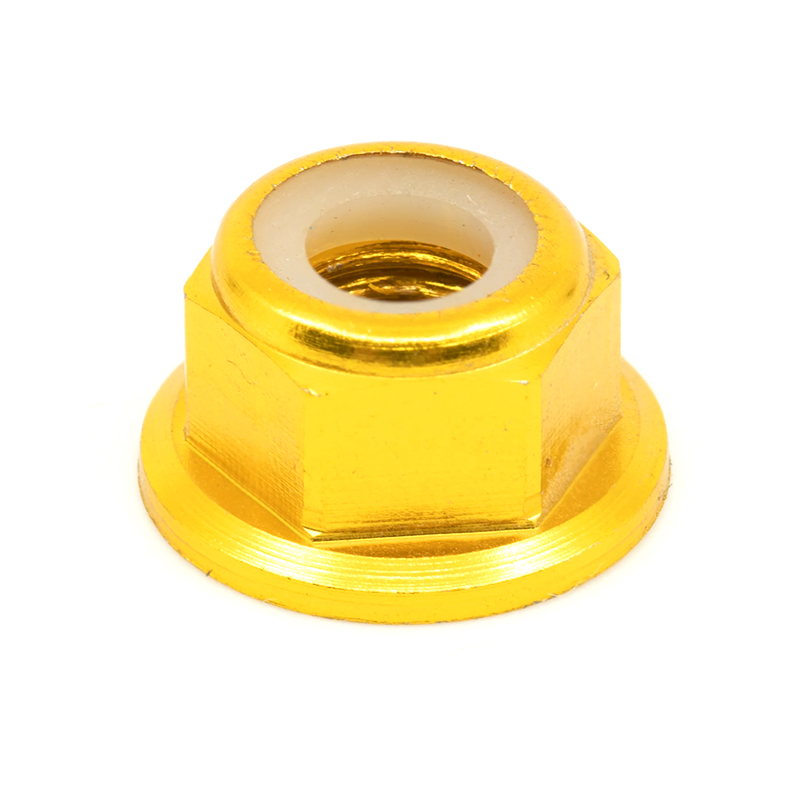
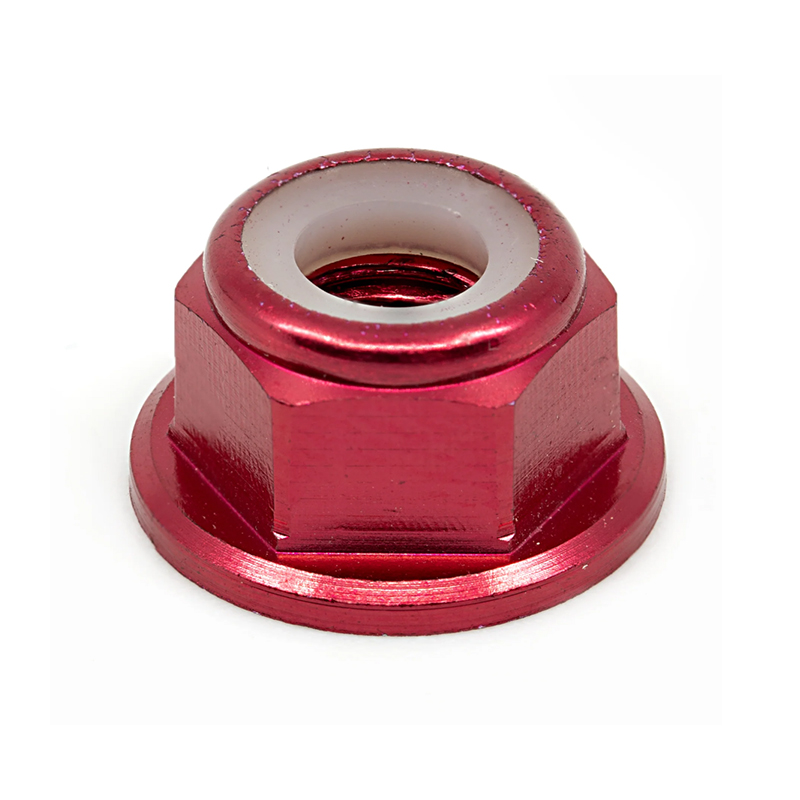
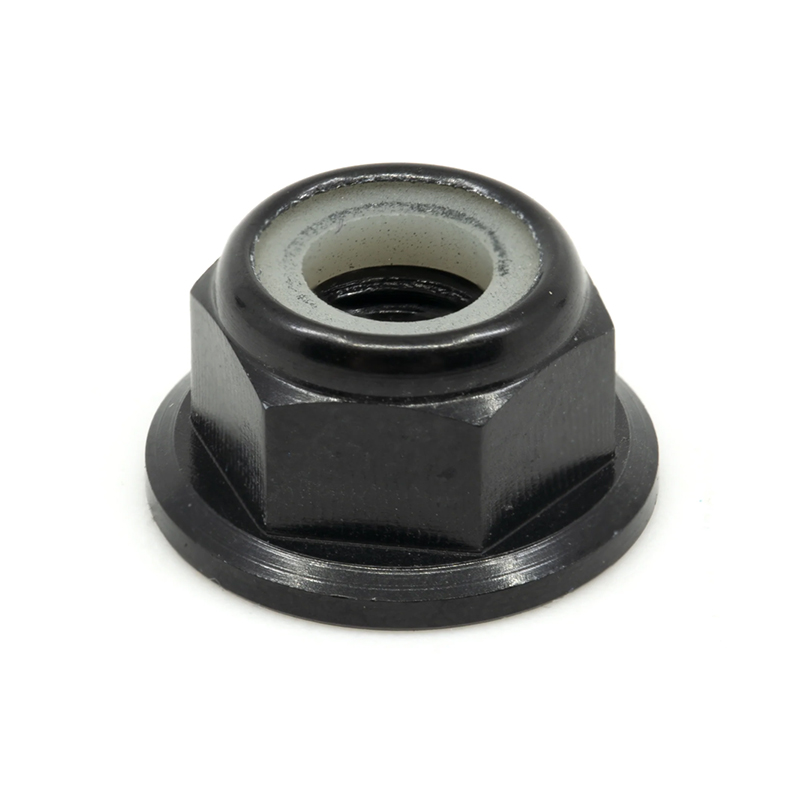
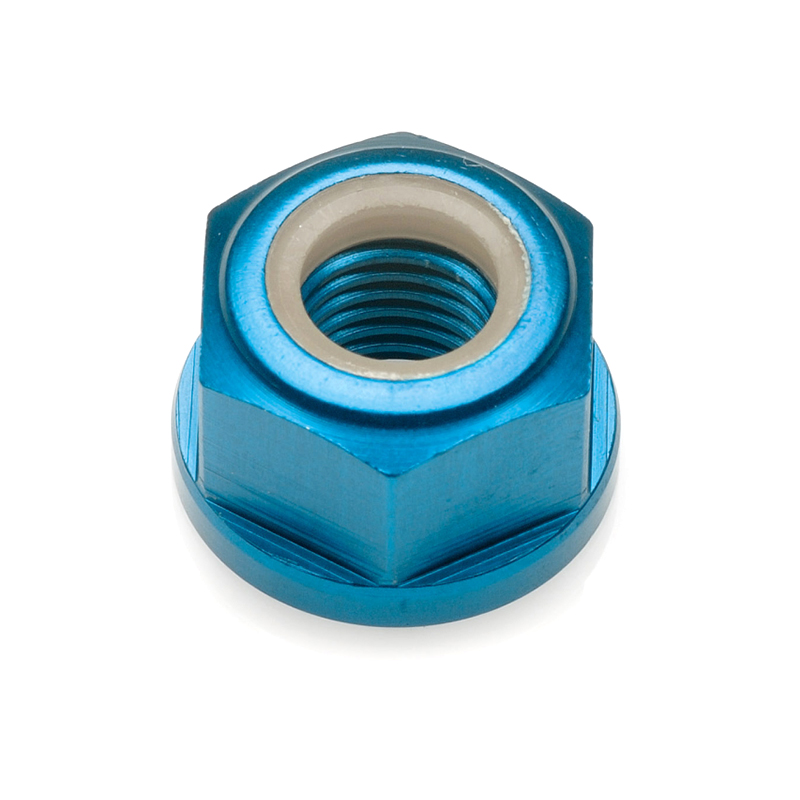
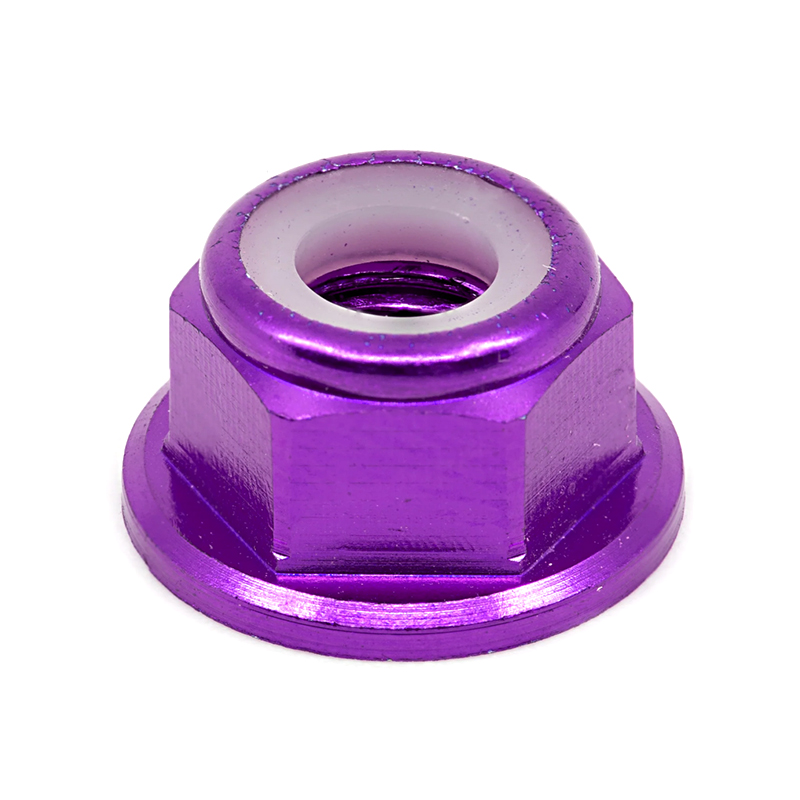
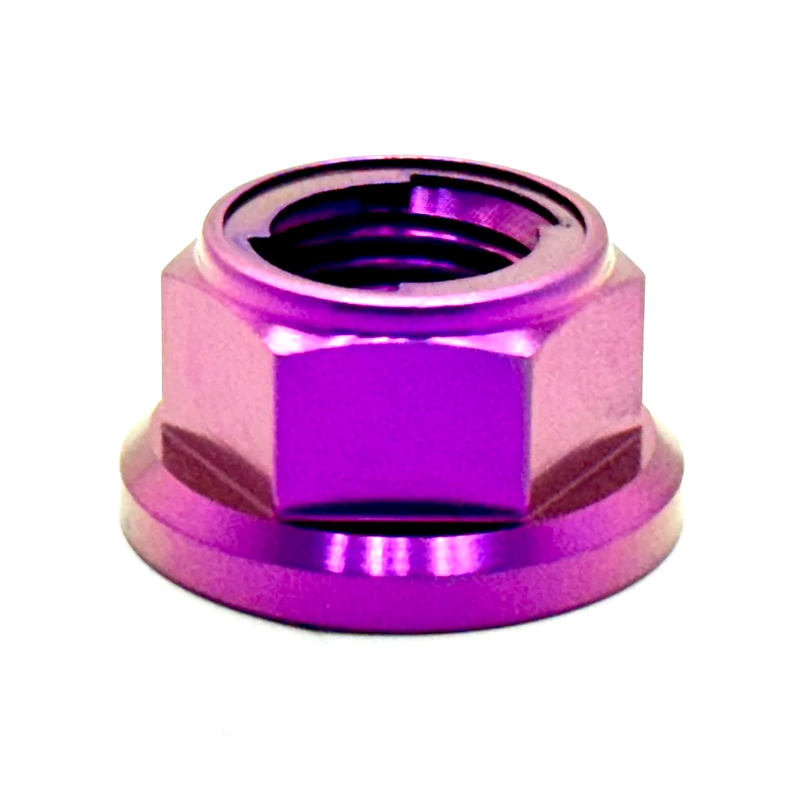
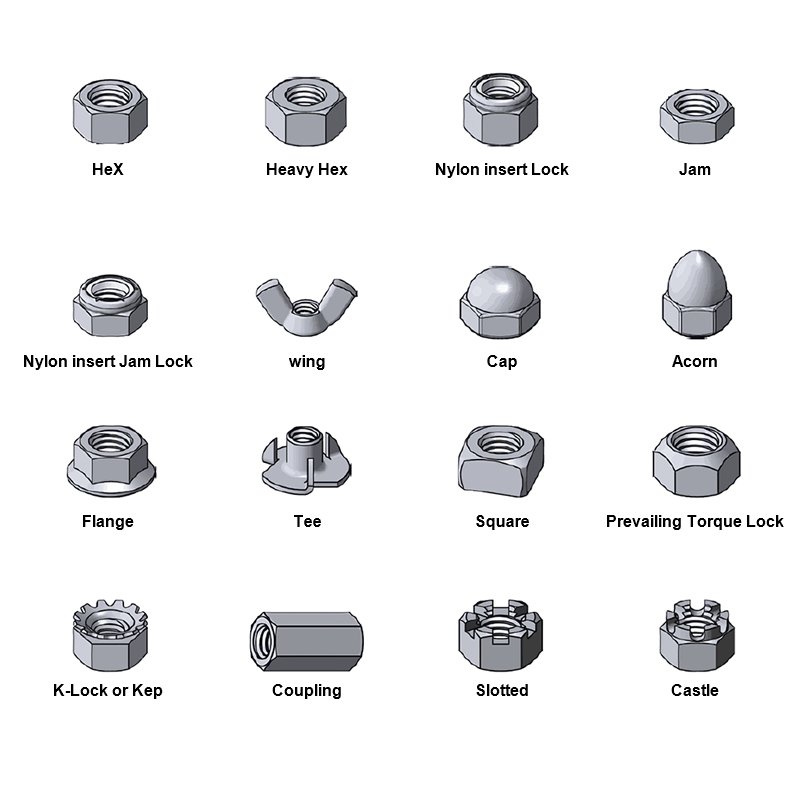
Reviews
There are no reviews yet.